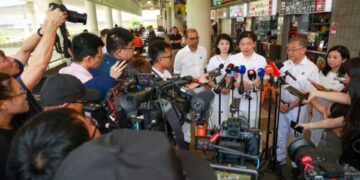Gender equality does not mean that women and men need to become the same or given the same treatment, especially at the workplace. What it means is that women’s and men’s rights, responsibilities and opportunities will not depend on whether they are born male or female.
Gender parity will also mean the fairness of treatment for both women and men according to their respective talent, knowledge, experience and even needs. This includes equal treatment or treatment that is different but which takes into account their performance, rewards and opportunities.
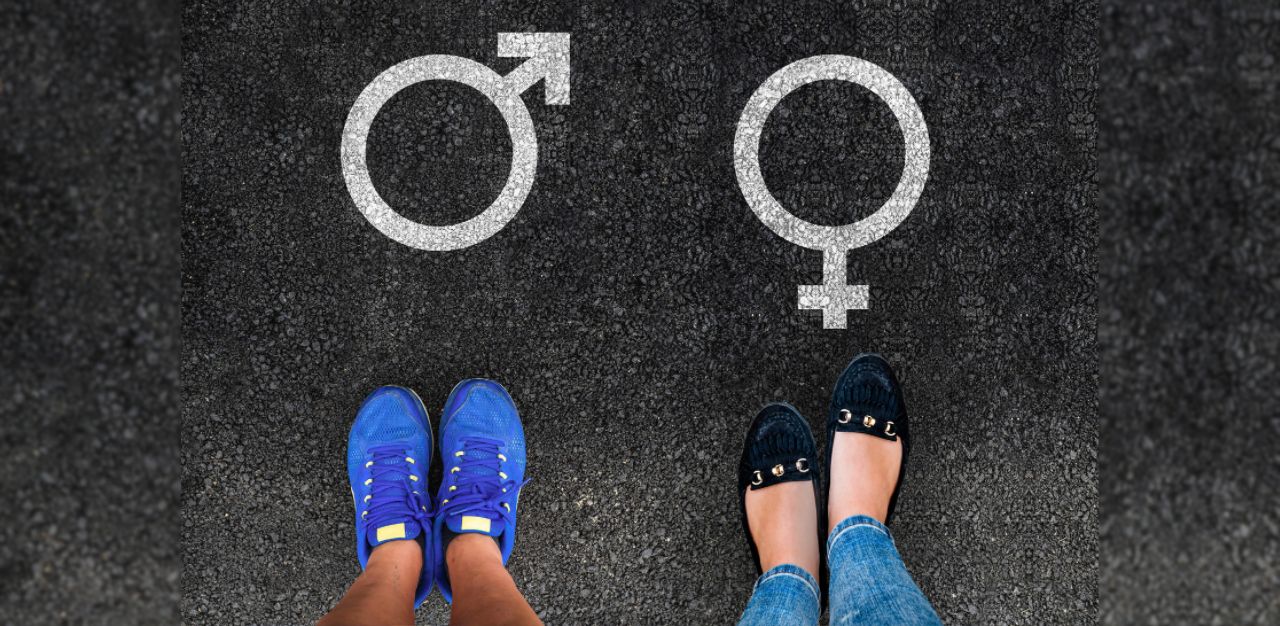
These were the messages during a closed door session on 17 March in 1880, a private club born out of an idea that conversations can and will make the world a better place.
Titled “Gender Equality: The Time Has Come” and moderated by CEO of 1880 and AWARE’s 2nd Vice-President Jean Low, the session was also part of the partnerships the Association of Women for Action and Research (AWARE) has during the International Women’s Month in March 2022. The theme for this year is #BreakTheBias.
Under the United Nations Sustainable Development Goals (SDGs) to transform the world, gender equality is at number five. While 26 of the 195 countries in the world (13 per cent) are led by women, and 16 per cent on the board of top 500 multinational corporations (MNCs) are women, the global gender gap is not expected to close for another 136 years, says the World Economic Forum.
But champion for the representation of women in business and technology and author of Accelerating Women Duncan Hewett disagreed, saying that there will be “significant changes in the next 10 years”.
“Asia will get there before that because there is a talent shortage and there is a need and that helps. I’m also seeing leading groups, an MD with 600 people moving six and a half per cent a year. … Six and a half percent from 25 to 50, that’s in your working lifetime, that’s in your two career steps. I’m actually bullish because we are at that point where we are starting to move,” the senior vice president and general manager for VMware’s business in Asia Pacific & Japan said.
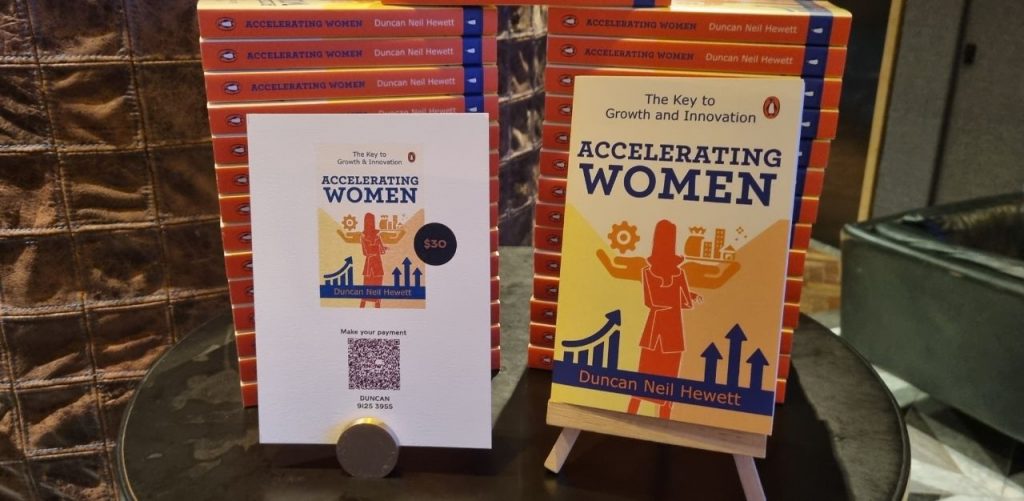
Mr Hewett founded VMinclusion Taara, which “gives away free enablers to empower and help women in India return to work”. The free programme is open to female graduates without a job for over six months and aims to bring back women who took mid-career breaks for various reasons.
Mr Hewett said in India’s IT sector, nearly 50 percent of women drop out of the active workforce after about five to eight years and do not return to work and that increasing women’s participation in the labour force there is essential for the growth of the country’s IT industry by ensuring diversity of skills, thoughts and perspectives.
“And we’ve just crossed 4,000 women back into the IT workforce in India and we have 16,000 women in the programme and it’s all about confidence. That is a life-changing experience and we are just about to launch (it) in Japan and the target that we have given the team is 100,000 in Asia over the next three years,” he said, adding that the 4,000 women attained jobs in 1,100 organisations as a result of the programme.
Mr Hewett added if women are helped back into the workforce, it could add US$27 trillion to the Indian economy.
According to the United Nations Children’s Fund (UNICEF), 129 million girls worldwide are out of school, and the World Health Organisation (WHO) says across their lifetime about 736 million or 1 in 3 women are subjected to physical or sexual violence. This number has remained largely unchanged over the past decade.
The other speaker, executive director of AWARE Corinna Lim, said Singapore has actually solved the education problem. “We have had more women graduating from universities in the last 10 years … and that’s why we can see an acceleration of gender equality as well in the companies and in general,” she says. But she says Singapore is enlightened “in so far as economics is concerned” because the labour and talent of every single person counts.
While everyone has equal education and women were encouraged to work, they did not get the top jobs in the 1960s and 1970s. “(The Singapore government) is by no means a feminist government and when it came to … who is looking after the children … the women really need to do the jobs that allow them to be very active mothers,” Ms Lim said.
“It has to be a fundamental value in society otherwise if it has to do with economics or population management that we get this outcome of gender equality it’s very shaky. At any time you might lose it,” she added.
Early Singapore more feminist then Singapore of today
In the early 1960s, there were feminists in both the government and civil society. “Those years were good. We had the Women’s Charter passed during that time. And then we had a barren period – I called that period ‘Period of no women’ because there were no women at all in Parliament or in civil society and during those 10 years … we had the worst policies,” Ms Lim said, citing the example of the 30 per cent quota on female medical students because the then minister said they kept dropping out to get married and medicine was so expensive as a degree for the government to subsidise.
“We had this policy and others come out when there were no civil society groups that were fighting and holding the fort. So it is actually really important, always, to have women in policy making and women in civil society,” she added.
The number of women plays an important role in success but they still get pushed out
In the past several years, research has shown that the increased number of women in leadership is helping businesses to thrive in unprecedented ways. A 2021 study published by the University of California, Davis revealed that big California companies with at least some women at the top performed considerably better than ones with mostly male boards and executives.
Conducted annually, the study surveys the 400 largest public companies headquartered in California regarding the gender diversity of their C-suites and boardrooms “to drive awareness among corporations, business leaders and policy makers to take meaningful action toward greater female representation.”
Ms Lim said AWARE recommends “at least 25 per cent or 30 per cent in order to hit critical mass where women don’t feel alone, where they feel braver to be themselves and to speak up”. “If you are one woman in a room of 10, it is going to be difficult and then you start being like the boys. You start being a patriarchal woman,” she said.
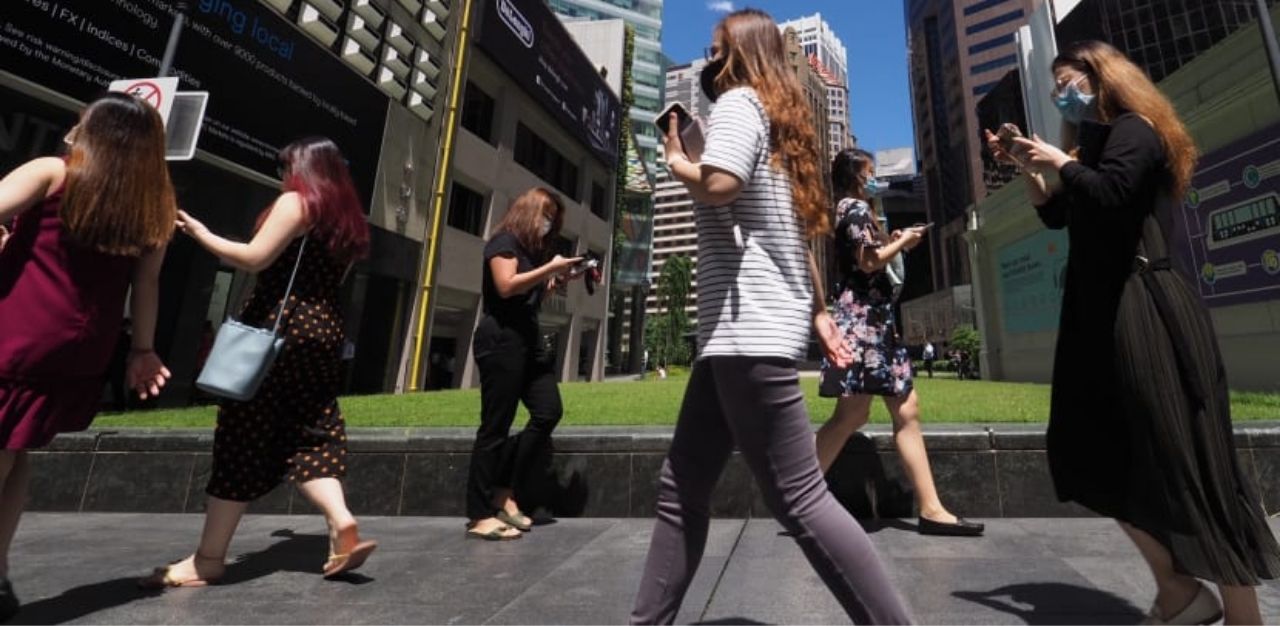
Agreeing, Mr Hewett said, “My worst performing country at the start of last year was 9 per cent women and we went to 15 per cent by the end of the year and it is already at 18 (per cent) now. The best one is running at 38 per cent women and this is with effort. Last year, I moved 2.2 per cent on average across 3,500 (employees. … and I actually do quarterly reviews of the regions. We start with the number, how many have you hired, promoted and how many have you attritted. So if the environment’s wrong, it’s like a leaking bucket. You hire 33 per cent and 38 per cent leave.”
“If women were in the workforce at the same rate as men in Singapore, there would be 225,000 more women in the workforce. We have about a million women in the workforce now, so that is 25 per cent more women in a very tight labour market … That’s why the government is pushing gender equality as well and not being too reliant on foreign talent and labour,” Ms Lim said.
Equal does not mean identical
Yet Singapore’s gender pay gap remains at 16 per cent, which Ms Lim said is “not bad compared to some other countries and because there are some women such as the foreign domestic workers at home doing caregiving work”. “The sad part about the 16 per cent difference is that it has been 16 per cent for 20 years despite education and all that,” she said, adding that the 16 per cent comes from the difference in median pay of both men and women, not counting the 225,000 women who are not working.
To ensure this does not happen at his company, Mr Hewett says he goes through the pay of its 3,500 employees and would “manually change pay so that managers learn” and the gap has improved every year.
There are male dominated and female dominated industries. So vertically you also have segregations and care jobs where a lot of the women are, they pay a lot less and there are some jobs where there are many men and they pay a lot more and this is where the great difference is,” Ms Lim said.
She also identified three areas which contributed to this berth. For one, caregiving is a woman’s job.
“In our minds, caregiving is still a woman’s job. In our policies, in our laws, it is very much a woman’s job. These ideas and norms are actually entrenched in policies and in practices. This is why women have four months maternity leave and men two weeks of paternity (leave) … and that is why the 16 per cent gap is the way it is,” she said.
Ms Lim said the second area is that there are not enough men who see this as their problem and the “now popular idea of male allyship and that we need it to crack the problem of gender equality”.
Tackling unconscious biases
But Mr Hewett does not use the term at all in his dealing with women in the workplace.
“The issue around male allyship is that you have people who are collecting badges to say ‘I’m a male ally’ for a career step. They are not actually and genuinely being engaging. It is actually quite difficult to create the right environment,” he said.
“We all have our sets of biases and part of it is our reward system, particularly in corporate which is around what you are seen to be doing, not what you actually do. … The ones who are looking for career-hopping, two years ‘I just need to be seen doing this’ – that’s the danger. We have to get it out of the leadership team because that is actually what is hurting us. We are one step forward and two steps back,” he said, adding that it is about running an inclusive environment that is about everyone’s value that they bring.
“The data is there. Diverse teams consistently outperform every other team. I have had six years in a row of over 10 per cent growth – double digit growth and I know it came from having diverse teams and the tipping point of 25 per cent works. It moves from feeling like a minority to having people around you who are like you,’ Mr Hewett said.
Taking the idea of clustering from Mr Hewett’s book “Accelerating Women: The Key to Growth and Innovation”, Ms Lim said if there were not enough women, putting women in different teams “really does not work so well”. “It is better to put them all in one team so that they have the 25 per cent. They will do better. They will thrive more,” she said.
And in his book, Mr Hewett wrote, “Treating men and women the same is not treating them equally.” “I get it that I hired the best person for the job but I hear it time and time again that the best person for the job would have the best resume with 15 years of experience. This automatically has a bias in it that excludes every woman who has gone off to have a baby. You end up with this systemic bias in the way things work,” he told the room of 30 people.
Citing the example of a coach of a team, he said, “My goal is not treating everyone the same. My goal as a leader is to get the best out of you and you, which means I have to give you different things. If I was going to treat all of you the same, the team is going to perform suboptimally. No coach in any high performing team has ever treated everyone the same. So why are business leaders, government leaders talking about treating everyone the same?,” he asked.
A progressive Singapore Government, gender equality moving into the mainstream
With education and more women in the work space, Ms Lim says she sees this as the next leveller. “Corporate Singapore is now trying to crack a problem – the talent war. They want more women to be attracted and stay in the company and they are asking themselves about the unconscious biases and … looking at the norms like caregiving and why women are leaving,” she said.
She added that the Singapore government has also become increasingly progressive “to the point that gender equality has become mainstream”. It announced in 2020 that it is embarking on a review of women’s issues in a move towards greater gender equality leading to a White Paper. Law and Home Affairs Minister K. Shanmugam said then that achieving gender equality requires a “deep mindset change” as well as changes to Singapore’s cultural value system.
That was also the reason why Ms Lim was appointed as the eighth S R Nathan Fellow for the Study of Singapore at the Institute of Policy Studies in 2021.
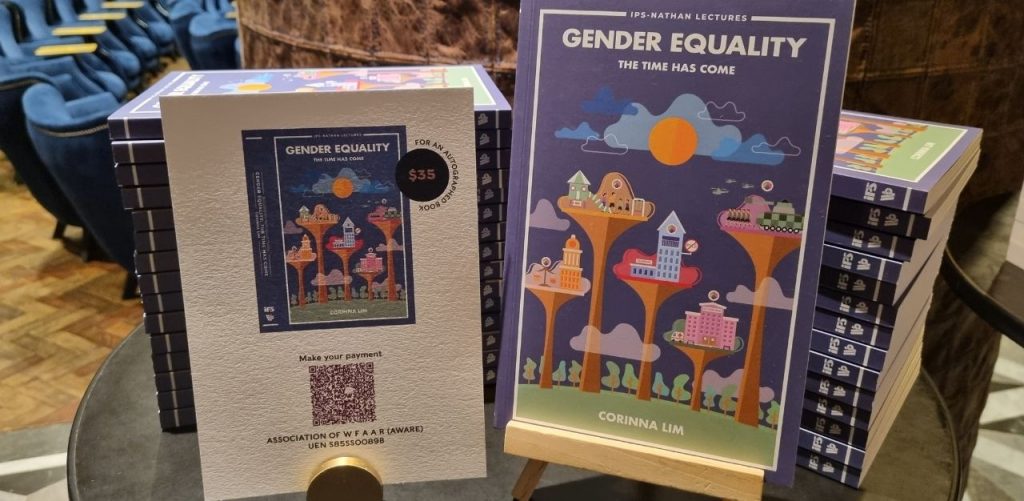
She said that the year-long consultation on the topic made a difference because women’s issues became top of mind, creating “a lot more chatter on this whole thing and now they will have their White Paper coming out in the next three months saying that Singapore is going to do this to promote gender equality”.
“There is momentum in companies, there is momentum in the government and AWARE’s strategy is to ride on this so as many community engagement thinks it’s possible. The government has got the memo. They think gender equality is important and it’s going to become a fundamental value and we are going to continue to push. But I think engaging the community is a very important strategy at this time,” she said.
Should you wish to purchase the books, click here for Gender Equality – The Time Has Come by Corinna Lim and here for Accelerating Women: The Key to Growth & Innovation by Duncan Hewett.
Join the conversations on TheHomeGround Asia’s Facebook and Instagram, and get the latest updates via Telegram.








